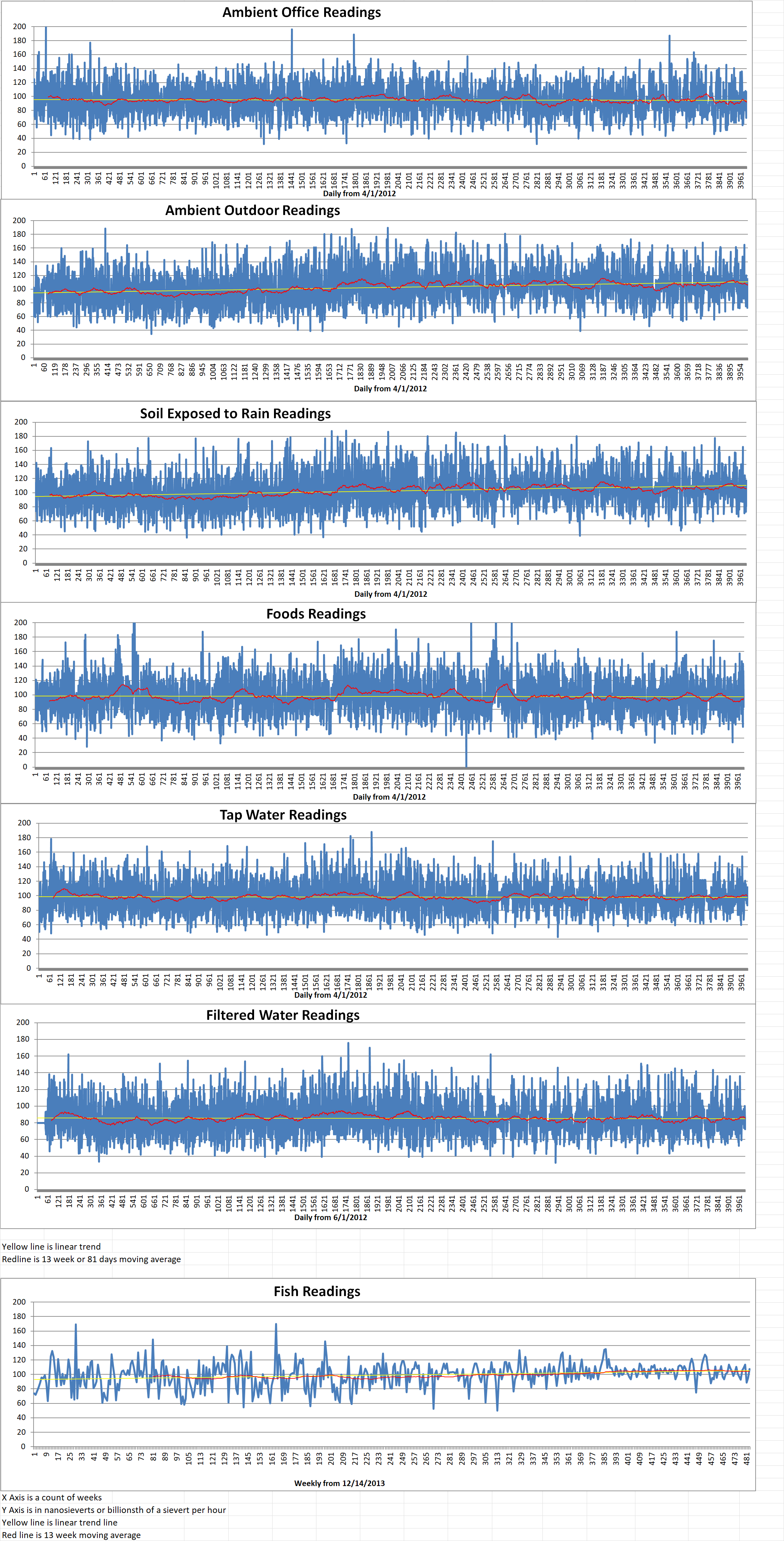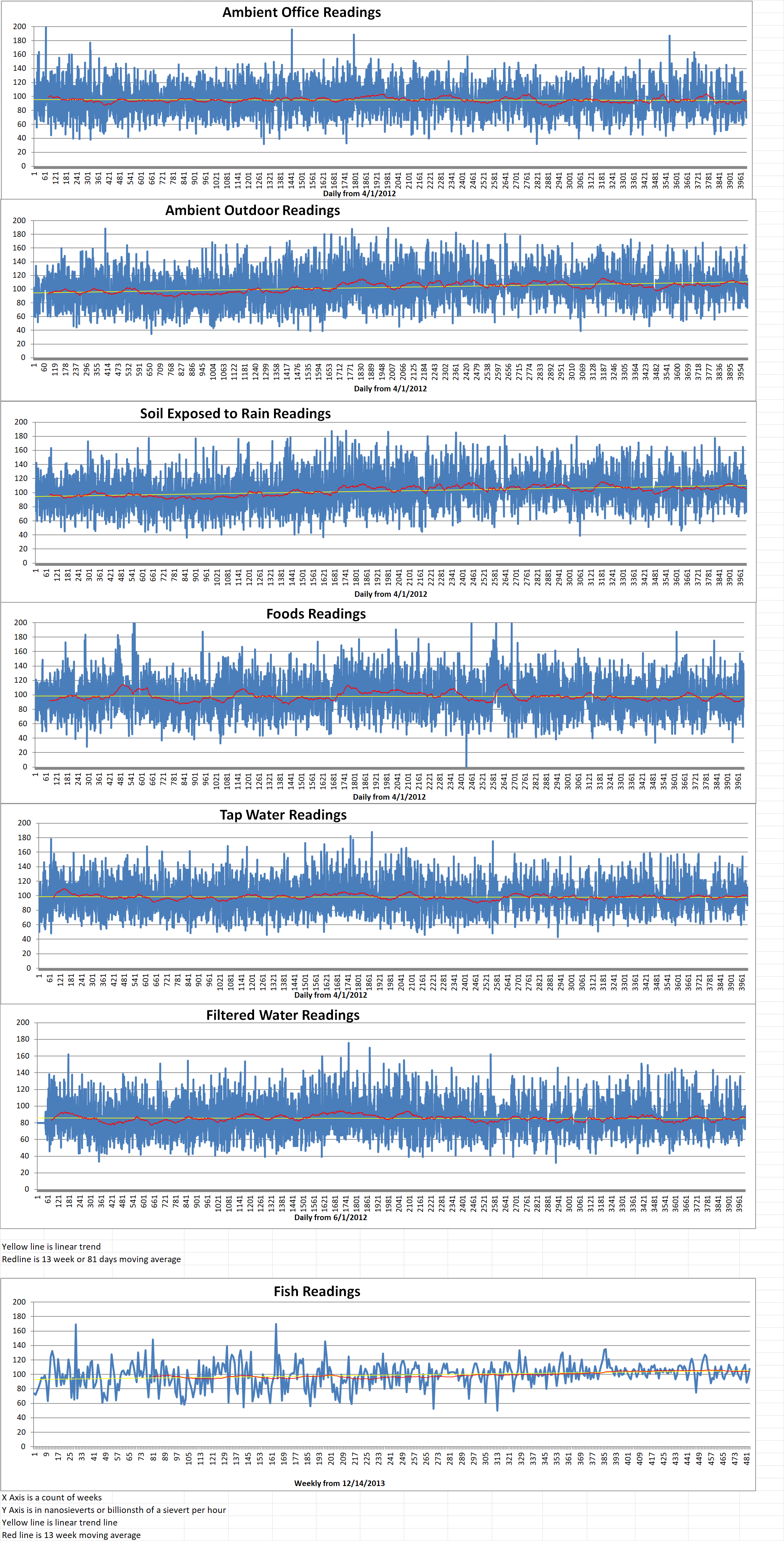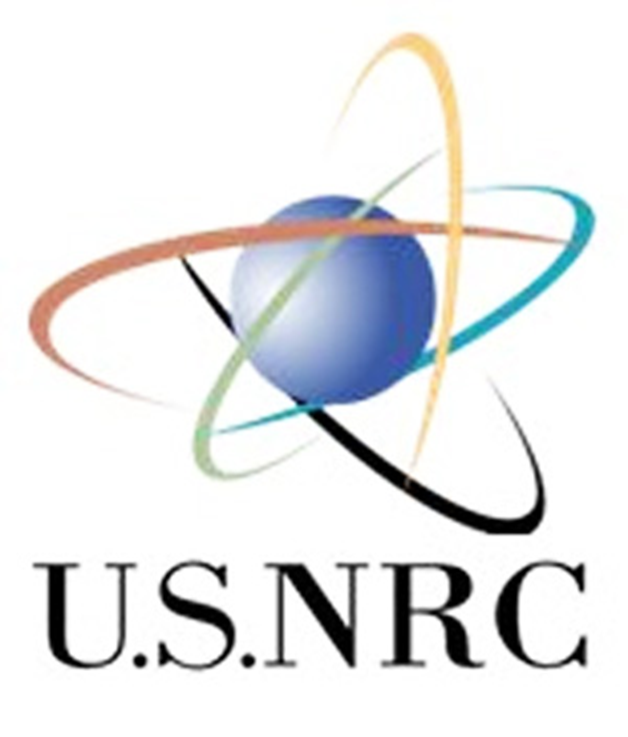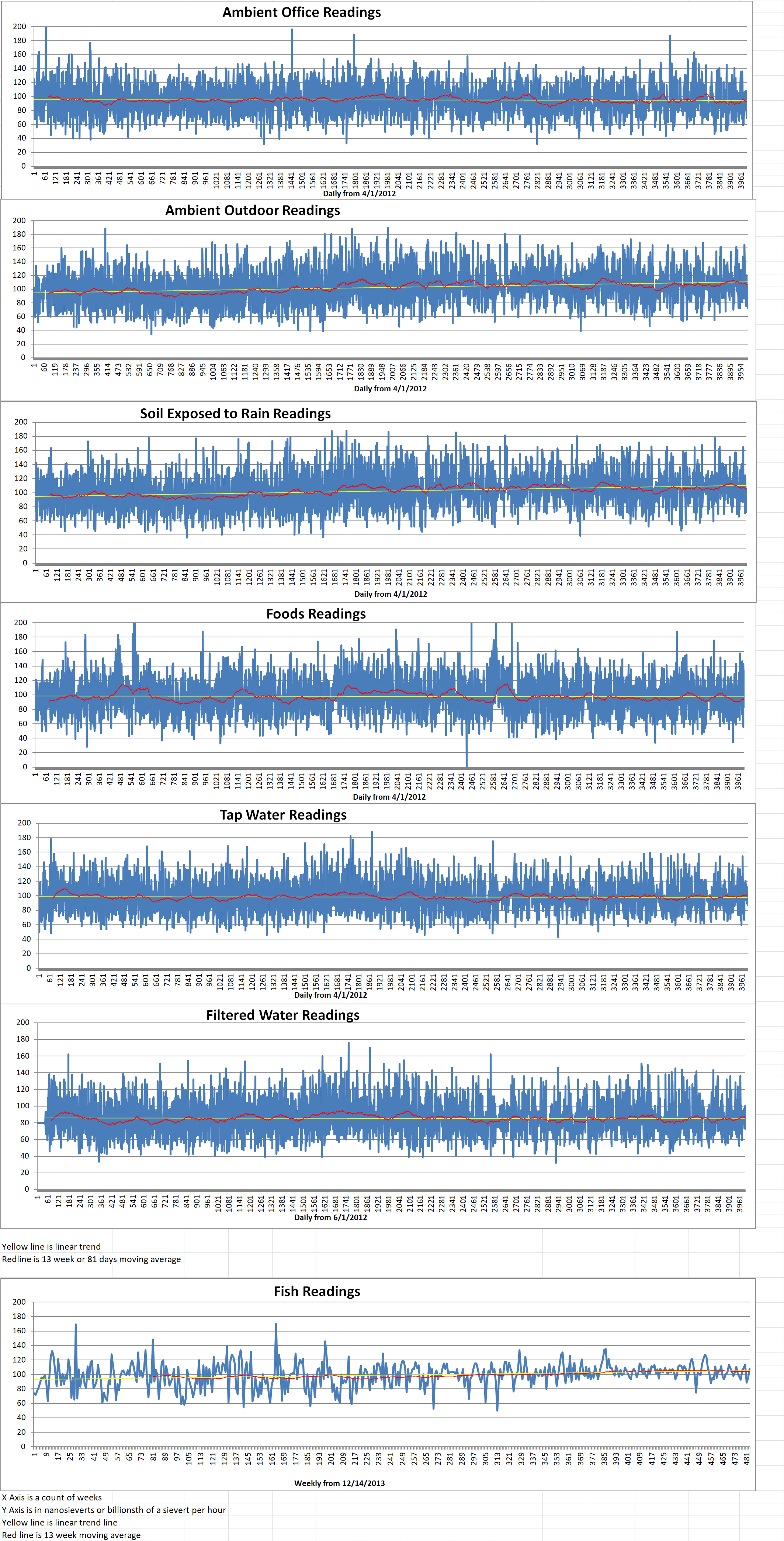Blog
-

Geiger Readings for June 08, 2023
Ambient office = 106 nanosieverts per hour
Ambient outside = 84 nanosieverts per hour
Soil exposed to rain water = 81 nanosieverts per hour
Mango from Central Market = 92 nanosieverts per hour
Tap water = 111 nanosieverts per hour
Filter water = 87 nanosieverts per hour
-

Nuclear Reactors 1232 – Current Small Modular Reactors Plans – Part 1 of 3 Parts
Part 1 of 3 Parts
There has been a great deal of publicity about the development of small modular reactors. Many projects are being launched across the world to deploy these small nuclear reactors which generate three hundred megawatts or less of electricity. They are to be manufactured in factories which lowers the cost and increases quality control. They are reputed to be safer than the gigawatt plus huge conventional nuclear power reactors. However, they will require some advanced technology and still produce spent nuclear fuel which will need to be dealt with. Here are some of the current projects in the works.
Last month, Perdue University and Duke Energy Indiana released a report that suggests that a small modular reactor (SMR) be built on or near the Perdue campus to “achieve a carbon-free future with reliable energy twenty four hours a day.
This does not mean that an SMR will be constructed in West Lafayette, Indiana, in the near future. The released study recommended more study and said that it might be the late 2030s before such a reactor is operational because of the lengthy nature of getting a nuclear reactor licensed.
Nonetheless, this is just another example of the growing enthusiasm for SMRs. Governor Glenn Youngkin wants to add SMRs to Virginia’s fleet of energy generators, specifically in Southwest Virginia.
SMRs have existed for a long time and many of those were built in Virginia. The USS Nautilus was the world’s first nuclear-powered submarine. The Nautilus set sail from Groton, Connecticut in 1954. The world’s first nuclear-powered aircraft carrier was the USS Enterprise. It was commissioned at Newport News in 1961. The U.S. Navy currently has eighty-six nuclear-powered vessels, including all eleven U.S. aircraft carriers. All of these were built in Newport News. Six of them were homeported in Hampton Roads. There are also small research reactors in Virginia including those at Virginia Tech and the University of Virginia.
What is new is the increasing interest in small commercial nuclear reactors. Traditionally, nuclear energy has taken a lot of time and a lot of money to deploy. The hope generated by SMRs is that they will be simpler and cheaper to build. Currently there are only two commercial SMRs operating in the world. One of these is in Russia and the other is in China.
In 2022, Dominion Energy formally expressed interest in adding SMRs. Last year, Governor Younkin embraced the concept and announced that he wants Virginia to be the first state in the U.S. to deploy an SMR in Southwest Virginia. However, it is not his decision to make. Siting for a nuclear reactor would be up to a utility company and all of the regulatory agencies involved. Southwest Virginia politicians have made it clear that they would really like an SMR in their part of the state and have been at the forefront of advocating an SMR. Earlier this week, a report paid for by the GO Virginia Economical Development Board for Southwest Virginia identified seven potential sites for an SMR in the region containing Dickenson, Lee, Scott and Wise counties and the City of Norton.
Please read Part 2 next -
Nuclear News Roundup June 07, 2023
US and Iran both deny report of nearing interim nuclear deal reuters.com
NY Senate Unanimously Passes Bill to Block Radioactive Nuclear Waste Dumping in Hudson River foodandwaterwatch.org
US-UK declaration includes nuclear partnership world-nuclear-news.org
‘Minor’ leak at nuclear submarine dock bbc.com
-

Geiger Readings for June 07, 2023
Ambient office = 88 nanosieverts per hour
Ambient outside = 115 nanosieverts per hour
Soil exposed to rain water = 117 nanosieverts per hour
Jalapeno pepper from Central Market = 96 nanosieverts per hour
Tap water = 89 nanosieverts per hour
Filter water = 74 nanosieverts per hour
-

Radioactive Waste 906 – NRC Investigating Incident At Energy Northwest Nuclear Plant – Part 2 of 2 Parts
Part 2 of 2 Parts (Please read Part 1 first)
One pipefitter involved in the 2021 incident was initially found to have an internal dose of nine hundred and sixty millirems and the second had an internal dose of seven hundred and eleven millirems.
The NRC mandates a limit of five thousand millirems per year for both external and internal radiation. EN sets a more conservative limit for exposure to two thousand millirems per year.
The radiation protection technician received an internal dose of fourteen millirem. Eighteen other workers had unintended uptakes of less than one millirem after walking past the area of airborne radioactive particles as they evacuated the room.
The updated NRC information claimed that as the two pipefitters left the heat exchanger room, they were frisked by radiation protection staff “and the instrument readings went off-scale high.” They were then escorted to the personal contamination monitors which were triggered. This indicated that there was radioactive material on or in the workers.
After multiple showers and scans of the personnel contamination monitors, EN confirmed that the pipefitters had internal uptake of radioactive materials. The two workers were sent to initiate the whole-body count process. Initial counts confirmed that they had inhaled or ingested cobalt 58 and cobalt 60 radionuclides. However, there was indication from inspections of the pipe that was cut that plutonium 239 and plutonium 240 contamination was possible in the incident. However, that information was not used to assess worker’s exposure.
According to the NRC report, EN’s procedures for internal dose assessment were incomplete, failed to provide clear direction and did not fully address all radionuclides that could have contaminated the pipefitters. Radiation dose is a measure of the amount of radiation absorbed that accounts for the type of radiation and its effects on particular organs. The two pipefitters had their urine tested only once and no fecal samples were collected after the incident.
According to the most recent NRC inspection report, “In conclusion, not only did the licensee (Energy Northwest) fail to implement the most appropriate sampling methods to detect the level of hard-to-detect radionuclides from the intake, including alpha emitters, but they did not take any additional samples to suitably establish trends and elimination rates of these radionuclides.” EN also failed to effectively take air samples in the workers’ breathing space during the incident.
According to the NRC report, the EN procedures were inadequate, but the EN did not have the equipment or personnel available to address the level of contamination and assess the dose within workers’ bodies.
EN said that they would provide a written reply to the NRC in response to notification of the preliminary white finding related to workers uptake of radioactive materials.
For the final white finding of the incident, EN Northwest will undergo a supplemental NRC inspection to demonstrate that the causes of the incident are understood and have been resolved.
EN said that no contamination left the building where employees were working during the incident or put the health and safety of the public at risk.
Schuetz said, “In this instance, we did not live up to that standard, and we will work with the NRC to complete the follow-up inspection to be able to return Columbia Generating Station to top industry performance.” -
Nuclear News Roundup June 06, 2023
What’s in the Trump indictment: US nuclear secrets and files kept in shower – BBC News bbc.com
EU to try again for renewable energy deal after nuclear row reuters.com
Japanese government seeks fishing industries understanding over nuclear plant water release japantimes.co.jp
‘West can’t stop Iran from getting nuclear weapon,’ ayatollah says jpost.com
-

Geiger Readings for June 06, 2023
Ambient office = 70 nanosieverts per hour
Ambient outside = 101 nanosieverts per hour
Soil exposed to rain water = 105 nanosieverts per hour
Ginger root from Central Market = 84 nanosieverts per hour
Tap water = 87 nanosieverts per hour
Filter water = 72 nanosieverts per hour
-

Radioactive Waste 905 – NRC Investigating Incident At Energy Northwest Nuclear Plant – Part 1 of 2 Parts
Part 1 of 2 Parts
Energy Northwest (EN) is the Pacific Northwest’s only commercial nuclear power plant. It is located on the Hanford Reservation in south central Washington state. The U.S. Nuclear Regulatory Commission (NRC) has announced that EN failed to correctly measure the exposure of workers who inhales or ingested radioactive materials during an incident at EN.
Two years ago, during the night shift of the spring refueling and maintenance, some workers received an unexpected and significant exposure to radiation. This was revealed in the initial report on the incident by the NRC.
The NRC issued what is called a “white finding” last week and said that it considered issuing a second white finding after workers were exposed to radiation on May 28th, 2021, at EN’s Columbia Generatin Statin nuclear power plant. The NRC reported this last Monday.
A white finding is the lowest rating on the NRC’s four-step color scale. It has a low to moderate safety significance. White findings can lead to an additional NRC inspection to ensure that issues have been corrected.
The notice of the first white finding was for three violations of NRC regulations in the incident. These three findings were failure to control the concentration of radioactive materials in the air, failure to control the activities in a high radiation area and failure to survey areas to evaluate the extent of radiation levels.
While investigating the incident at the plant near Richland, Washington, the NRC also began to question whether EN had correctly measured the internal radiation exposure of the workers.
Due to additional concerns raised at a March 1st, 2022, regulatory conference with EN about the 2021 incident, the NRC also issued on Thursday, a preliminary white finding for EN’s assessment of the workers uptake of radioactive material.
In the 2021 incident, EN failed to take timely measurements of airborne concentration of radioactive materials in work areas, to collect as many urine and fecal samples as were needed to provide good results and to evaluate certain isotopes in workers bodies according to the most recent NRC inspection report.
The NRC report concluded that “These failures resulted in an inability for the licensee (EN) to properly assess the dose accrued by the pipefitters,” involved in the incident.
Bob Schuetz is chief executive of EN. In a statement on Monday, Schuetz said that the worker’s exposures were within the regulatory limits for annual radiation exposure and EN’s administrative limits but “it is unacceptable for workers at Columbia Generating Station to receive unanticipated radiological dose of any amount. “We take this event very seriously and are disappointed with the circumstances that led to these results.”
According to the initial NRC account of the incident, radiation workers and pipefitters on the May 28th, 2021, night shift were preparing to weld pipes on the contaminated reactor water cleanup heat exchanger.
Following the pre-job briefing, a radiation protection technician was not able to get on the work platform attached to scaffolding and left to find another technician to fill in. The technician who filled-in had not be present at the pre-job briefing and arrived after workers were already cutting into a pipe.
The nightshift work on the contaminated heat exchanger included grinding, requiring the use of an enclosure glove bag to contain any radioactive particles that might become airborne when a vacuum system was turned on. Workers turned off the vacuum system. This allowed airborne radioactive particles to collect and escape when the glove bag was removed according to the inspection report.
A radiation protection technician who was watching the work on video surveillance cameras spotted the problem. Within thirty seconds, he was in the room and had ordered work to stop. Radioactive contamination was found on the faces of the two pipefitters. Twenty more workers in the room were quickly evacuated.
Please read Part 2 next -
Nuclear News Roundup June 05, 2023
Damaged reservoir can still provide water for big Ukrainian nuclear plant, IAEA says reuters.com
Putin puts a date on his plan to deploy nuclear weapons in Belarus news.yahoo.com
OECD commits to improving nuclear sector gender balance world-nuclear-news.org
What’s in the Trump indictment: US nuclear secrets and files kept in shower bbc.com
